

Big or small, every influencer or content creator needs a media kit. They’re a part of the essential tools you need if you want to collaborate with brands. All too often, they’re poorly made and lack the important information brands need to know that they HAVE TO work with you. Don’t think that because you just started out or because your follower count isn’t huge, you can wait until you build your own media kit. Truth is, there are a ton of brands that are looking to work with micro-influencers or nano-influencers. And if your media kit isn’t ready, you’ll be missing out on some big opportunities to build your portfolio and collaborate with brands on Instagram. That’s why we want to show you how to build a micro-influencer media kit!
We’ve combined our knowledge and experience from having built one ourselves for our own platforms, and the knowledge Carine has gained from working in marketing for over 15 years. She sees tons of media kits from influencers big and small who want to collaborate with the brands she represents. We’re hoping that this article will help you build a kick-ass media kit, will help you stand out and get the collabs of your dreams.
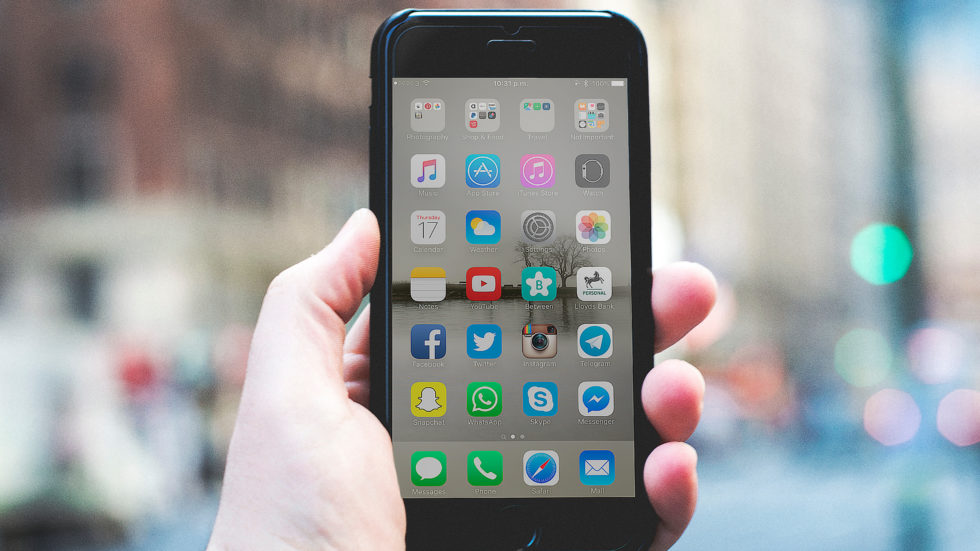
This article may contain affiliate/compensated links. For more information, please see our disclaimer here. We take all the efforts necessary to ensure the information included in this post is accurate, correct and current, sometimes, things just change! Travel information like opening hours, business operations and prices may change. If you find anything in this post that is incorrect or outdated, please let me know in the comments so I can update it for other readers. Cheers!
We started working with brands when we only had 2,500 followers on Instagram, and we had just launched our blog… we probably had 3 articles in total! So rest assured – You don’t need to have a ton of followers to start collaborating with brands or to offer your services.
Do you want to start collaborating with brands but you have a small following? No worries! Check out our article on how to partner with brands without having a large following.
Table of Contents
These two terms get tossed around pretty often, and some may say they are interchangeable, but there are a few key differences between content creators and influencers.
Content creator: The name is pretty clear as to what they do. They create content, but not just anything! Content creators create high-quality content, whether photo, video or both. They’re usually photographers, creative directors, writers or videographers who are well-versed in creating professional-quality content that gets people engaged. Content creators don’t necessarily have the largest following, but that’s not what brands are looking for when they work with them.
Brands want to work with content creators so they get beautiful content (think pictures, videos, articles) that they can then use on their own platforms. They will usually not ask for visibility on the creator’s channels.
If you’re aspiring to be a content creator, there are plenty of opportunities for you! You can work with properties to showcase their spaces. You can work with brands and take pictures of their products, or create videos to promote them. You can write articles for their blogs and website if you have some SEO knowledge. The possibilities are endless!
Influencer: Influencers are the vloggers, bloggers, Instagrammers, storytellers and product reviewers on social media. Their content might not be the most beautifully crafted, creative or break-through thing out there, but that’s not why brands are working with them. Their ability lies in being able to capture their audience’s attention and ultimately influence purchase decisions. Influencers are there to influence you to buy a new product, to make a change in your life, etc. Studies keep showing how consumers are seven times more likely to trust someone they follow on social media over a conventional celebrity. So if you have expertise in a certain area, you can become an influencer too!
A micro-influencer is an influencer who has 30,000 followers or less. Usually, brands won’t consider you an influencer (or micro-influencer) without having at least 2,000-2,500 followers in your community. If you want to collaborate with brands on Instagram as an influencer, we recommend working on building up your community before approaching brands.
If you need some tips on growing your community, here are some articles that could help you:
– How to grow your account
– How to take couple’s pictures
– Learn more about how Instagram works so you avoid the mistakes we made when we got started
Usually, brands are looking to work with influencers to gain access to their channels and their audience. Often, they will also ask that you provide them with images and content that they can also use on their channels.

Before you build your media kit, make sure you are clear on how you want to define yourself and stay true to that.
Also, the most important advice we can provide here is to tell you to stay true to your values. Don’t promote or work with brands that only offer good compensation or a shiny product.
Instead, pick brands that are aligned with your core values. For example, we keep getting asked to work with a certain watch brand. Their products are not sustainable and the company does nothing on a sustainability or social responsibility front. Being sustainable and eco-friendly is super important to us. Plus, we don’t wear watches, so we would never work with this brand!
Let’s start with the basics. Let’s talk about what this elusive media kit is, and how you can build your own.
A media kit is a document that highlights your main achievements, key stats, and must-know information about your social platforms (i.e. YouTube, Facebook, Instagram, Pinterest, TikTok, etc.) and for your blog.
If you don’t already, make sure you check us out on all our platforms: YouTube, Facebook, Instagram, Pinterest, and TikTok
Basically, the goal of your media kit is to show how awesome you and your brand are. Ultimately, you want your media kit to show brands that they should collaborate with you, instead of others like you. So the key to successfully building a micro-influencer media kit is to make sure that it looks and feels like it’s YOUR media kit. It has to showcase what your essence is with every picture, every word.
As we said before, brands are often looking to work with micro-influencers, no matter the size of their following! So if you get approached by a brand and don’t have a media kit, you may be missing a huge opportunity.
Beyond making you look professional, it actually makes you more professional. It shows brands that you know your numbers, you’re serious about your work, and that you know your demographics. This will help you align more quickly with brands that share the same target market as you and the same values.
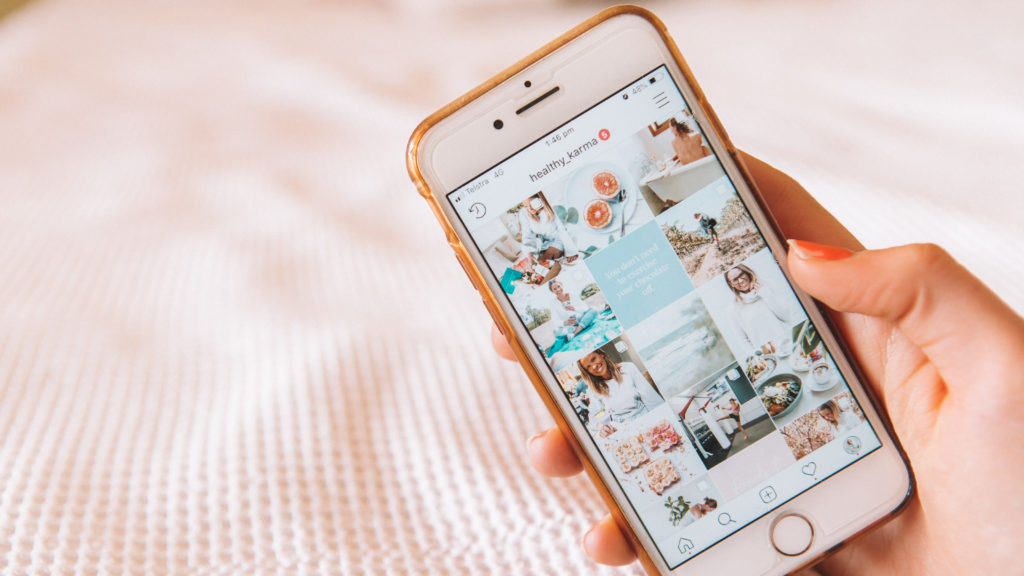
It’s a great tool to have, so make sure you start early. And like we said, you can easily build on it later.
Side note: All the brands we work with rave about our media kit. Initially, we didn’t understand why, as we thought having a media kit was a basic tool for creators and influencers. And Carine had seen so many good media kits sent to her for the brands she works with… until one day, when working with a large influencer, she asked for a media kit. What she got instead shocked her! The influencer sent screenshots of her Instagram insights… Needless to say, this influencer did not get the job. The lack of professionalism and respect for the client were a small glimpse of what it would be like working with her.
Well, that depends. It can be a page or two if you’re just starting out as a nano or micro-influencer. Or it can be a few pages long if you have extensive experience collaborating with brands. It’s really like a CV in that sense. So don’t feel like you don’t need one because all the info can fit on one page. Eventually, you’ll be able to build from it, so get started now.
But don’t worry too much about the length. It’s about quality, not quantity. Just like with the size of your following! If you show you can get great engagement, then brands will have a great reason to work with you!
The key to building a great micro-influencer media kit is to make it unique to you. These are the basics you should include in your media kit, but feel free to play around with it and make it your own.
If you want brands to work with you, they have to know who you really are. This is the place for you to shine. And this is true for micro-influencers or huge social media celebrities.
Make sure you include all that good stuff. But don’t overshare.
You don’t need to put everything in this same spot. You can spread the info around in other sections too. But above all, make sure the info you do share is relevant to the brand you are working with.

Your numbers are probably why a brand wants to work with you. As much as follower counts are important, it’s not the only thing brands care about. In fact, brands are caring less about that because it’s been proven time and time again that those numbers don’t mean sales or conversion.
The important number they want to see are your reach, the number of views you get, and your engagement rate. Also, if you have worked with previous brands and have managed to help them grow their following or helped them convert sales, make sure you include those ROI numbers as well.
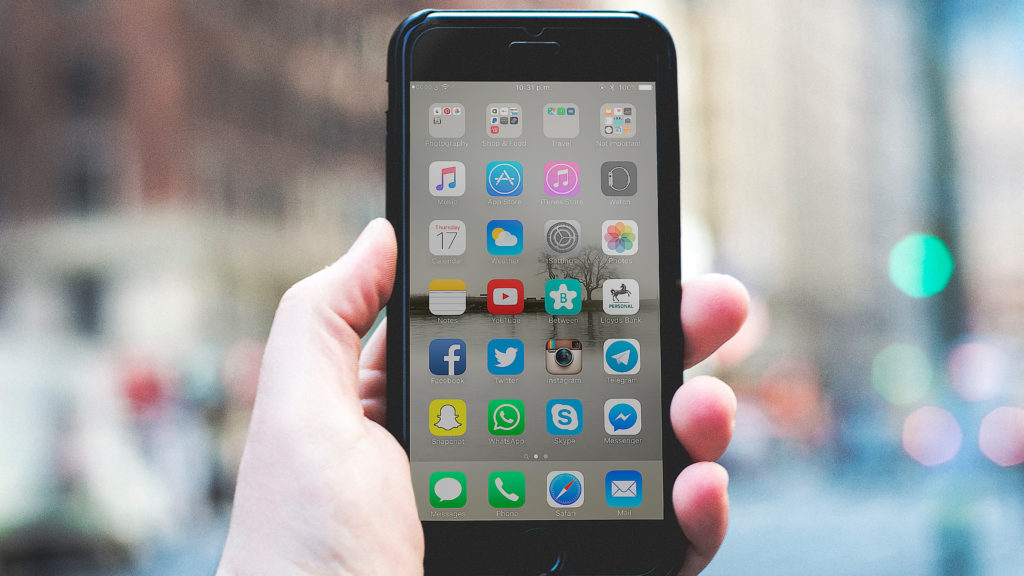
Also, split up the numbers per platform and show those key metrics. And don’t worry if those numbers aren’t big. Check out our tips below to see how you can work around it!
Brands want to know who your audience is. They want to know their age, where they’re from, what their passions are, etc. Is your audience who they’re looking to attract? Does it help them reach a new audience? Are your followers in the right country or city? These are all questions they want to know the answers to. So make sure you include everything relevant that you can.
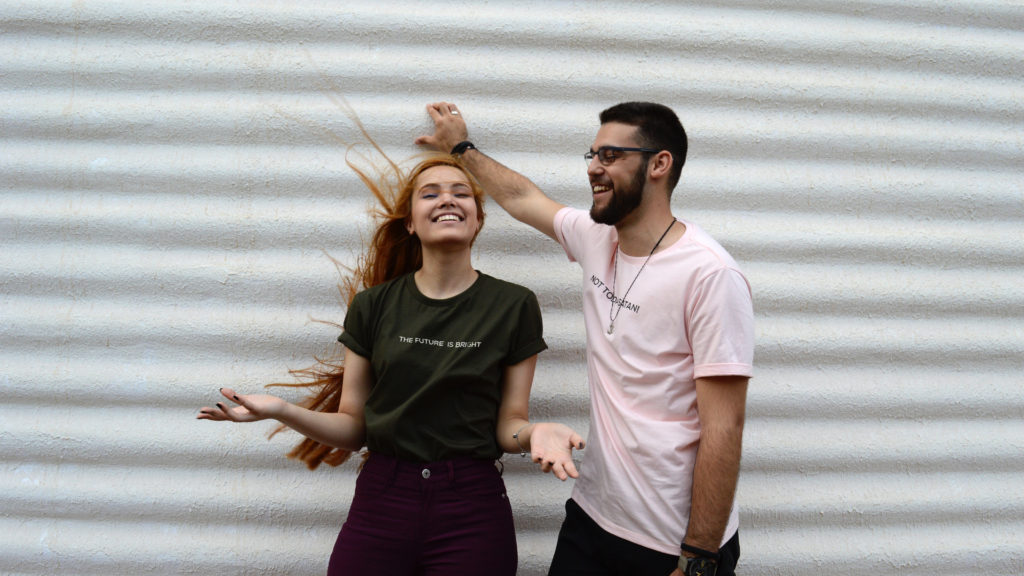
Again, the goal is not to bombard them with a ton of info, but to give them enough relevant information to help them see the right fit for their brand. It’s also important to adapt these stats to the brand you are looking to work with. For example, if it’s a very local brand, highlight how your audience is mainly from their area. Or showcase how you can help them broaden their audience.
Some brands will come to you with a clear idea of what they want. While others will look for guidance. That’s why it’s important to include the services you offer in your media kit. This way, brands can see the extent of the work you do and can choose amongst those services.
At this point, don’t include every single thing you think you could do for a brand. Make sure your list of services is a list of things that you know you can add value for the brand.

For example, if you’re not good with video production and editing, but have done a little bit, you probably don’t want to include it in your services. Because if the final product is not good, you’re going to damage your reputation, but also tarnish the future for other influencers.
If you have worked with brands already, this is a great section to include. Nothing tells brands that you’re worthy of their trust like seeing that other brands are happy with the work you’ve done.
In this section, include the logos of the brands you’ve worked with and the best testimonials that are relevant to your potential collaboration. Again, don’t include all of them, but the ones that will really highlight the great work you’ve done and the value you’ve brought.
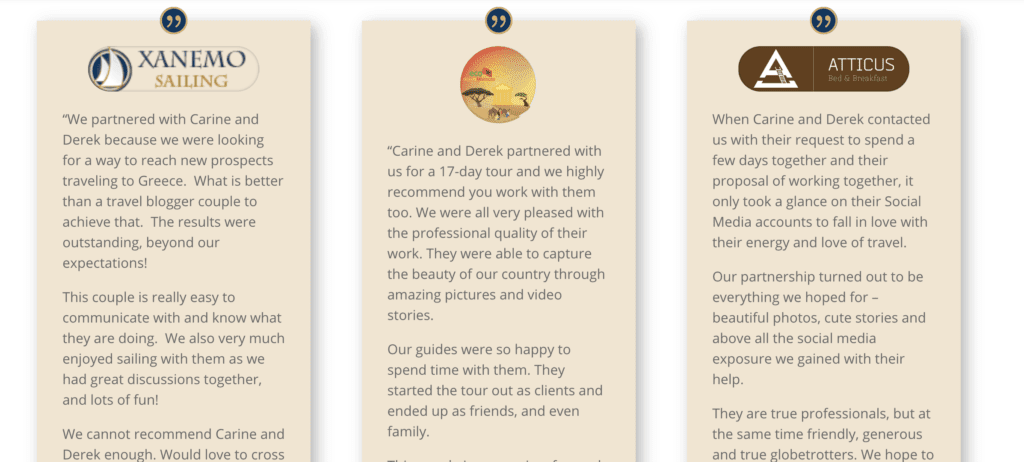
An extra tip for you here is to always ask for a testimonial from the brands you work with. You can then put them on your blog and media kit. They are invaluable.
There are 2 schools of thought about including your rate card in your media kit. There is no right or wrong answer, it’s totally up to you. We don’t include ours because we want to stay flexible and quote brands on an individual basis.
Not including fees also allows you to be able to offer a tiered pricing offer. So you could have bronze/silver/gold type packages and customize while working with the brand to ensure you are offering them value, but also staying within their budget. This is easier to do by email than in a takeaway media kit. We’d rather go with a personalized approach for our rate card and get to a mutual agreement with brands. We also don’t want to scare anyone away!
Not including your fees is also a way to keep the info private. You don’t necessarily want the whole world to know your pricing structure and fees right off the bat. Especially if you publish your media kit online.

Some people say that including fees is better because brands don’t have to contact you again to get that info, making their job easier. They have all the info they need from you from the get-go. It also gets rid of any ambiguity about your costs.
If you want to check how much to charge per post, you can find out here. The rule of thumb is $10 per 1,000 followers you have. However, you need to consider the time to create a post, from location scouting, shooting, retouching, writing the post or caption, editing, and posting. Don’t be afraid to ask for what you think your work is worth. And don’t be afraid to negotiate. You can get creative with your compensation, for example, you can ask for a percentage from the leads or sales you deliver.
You know how they say ‘A picture is worth a thousand words’?! Well, the same applies here. So make sure you include your portfolio of work in your media kit. Share the articles you’ve written for brands or the pictures you’ve taken. Make it relevant, but share what you have created for other brands.
If you have never worked with any, that’s ok! You can still grab some items you have at home and go shoot those. For example, if you want to work with a clothing brand, take pictures of a brand you love and own. Talk about them on your socials (and tag them). This is already getting you an in with the brand. You can then approach them and show what you’ve already done for free, and how you can continue creating great work for them.
Your portfolio is the best way for future collaborators to get a sense of your work, your editing, shooting skills, etc. That’s why it’s so important to include it.
If you are a content creator vs an influencer, you can include most of the information that influencers will have. However, instead of focusing on the platforms you are present on and your demographics, you should instead focus on your work.
If you’re a photographer with experience with products, hospitality or nature, make sure you highlight the work you’ve done. If you haven’t done any work with brands before, go out and shoot things in their industry to build your portfolio up.
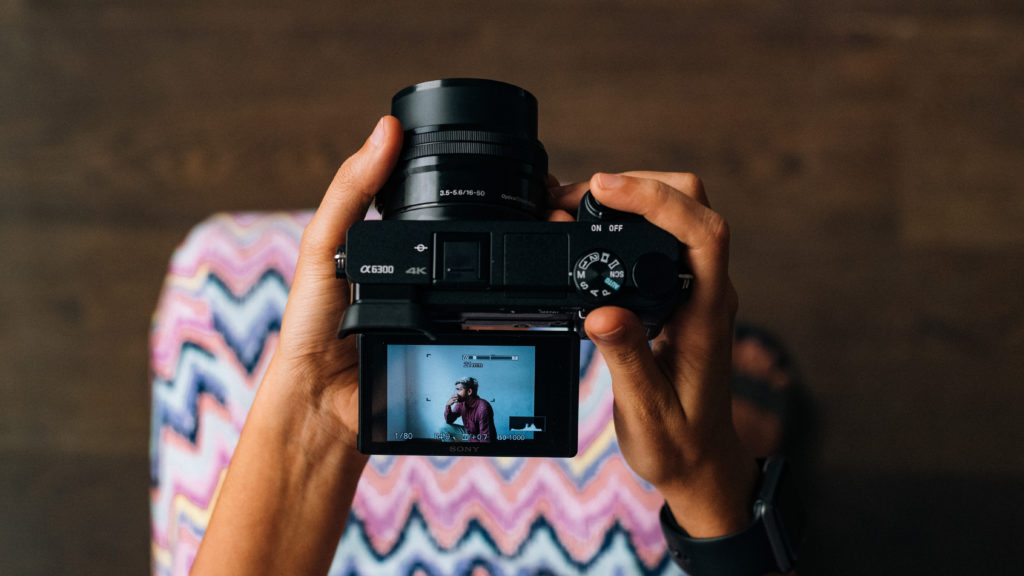 skills to build your media kit as a new content creator" width="1024" height="576" />
skills to build your media kit as a new content creator" width="1024" height="576" />
If you want to shoot for a watch company, then grab a watch you already own and go out to shoot it. Check out the company’s website and see what kind of pictures they already have, or the kind of pictures they are lacking and see how you can help them get better content. Get creative, be a perfectionist and create content you can be proud to build on.
Influencers and content creators alike will tell you the same thing. Just because you don’t have experience in a certain field, it doesn’t mean you can’t learn. We all had to start somewhere, so start with what you have and what you love.
Now that you know why you need your media kit and what to include in it, it’s time to build it.
There are a ton of ways to do it. You can use Powerpoint, Keynote or InDesign to build it if you have a clear vision of what you, but especially if you have the skills. We first built our media kit in Keynote because we didn’t always have internet access when we needed to update it. However, we kept it very clean and simple.
If not, we recommend you check out Canva. They have gorgeous templates that you can fully customize from the colors to the fonts to use. Again, the key is to make sure it reflects who you really are, and the rest of your platforms. For example, if your colors are muted on your Instagram feed and blog, don’t use super-saturated colors in your media kit. Brands will immediately see the disconnect and it will make them think your brand is not defined.
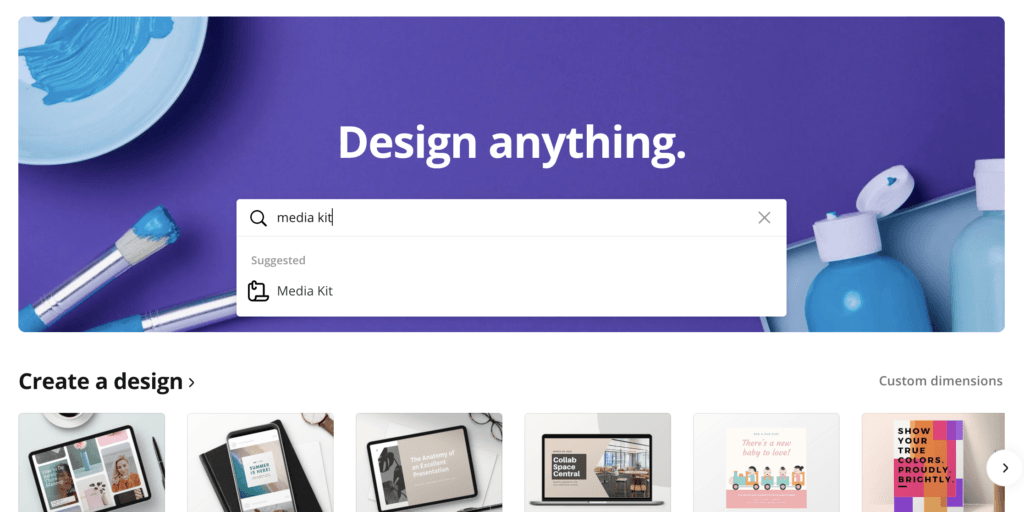
Finally, you can also hire a graphic artist to create your media kit. Check out sites like Fiverr and Upsell to see if you like the work the artists are showing. The downfall to this is that any changes you want to make will have to go through this person, which might cost you time and money.
Here are a few tips to keep in mind when building your micro-influencer media kit. They’ll help you stand out and make the process so much more fun:
As you saw above, there’s a lot of content to include in your media kit. That’s why it’s important to keep the info as concise as possible. You don’t want to write a dissertation about why a brand should work with you. Your work should speak for itself.
Also, think that the people reading this don’t have unlimited time. They have other media kits to check out, and probably more work to do. So use their time carefully.
For micro-influencers, keep in mind that quality always wins over quantity. Just because you don’t have a lot to say at this point, make sure what you do say is outstanding. Focus on the areas where you can differentiate yourself.
For content creators, the same rules apply. You don’t need to show every single shot you’ve taken. Focus instead on your best work, the work that will help you grow your brand and your portfolio.
It’s hard when you’re starting out as a micro-influencer, especially to make your numbers stand out. Unless the social media gods have blessed you and you gain thousands of followers overnight, there is still hope for you.
The key here is not to only stick to subscriber or follower numbers. Instead, focus on impressions, reach, engagement, even growth. Maybe your engagement has doubled in the last two months, which is an amazing stat to include. It shows brands that you are growing in the right direction. For example, if you have 200 people watch your stories and half of them click through to your site, then you’re onto something! Include those numbers to show that your audience values the content you provide and they take action.
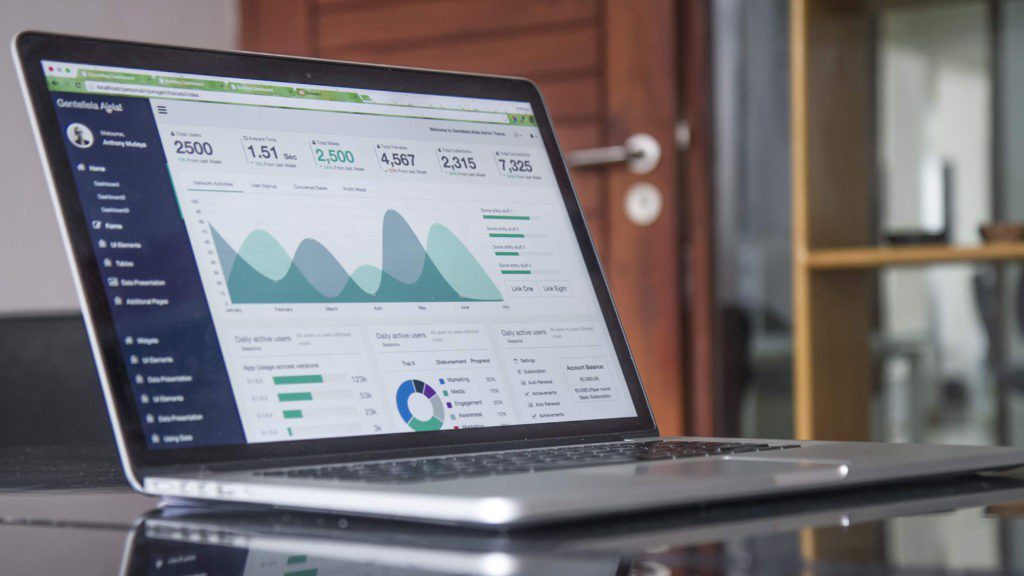
In the end, those numbers are as important, if not more important than your follower numbers.
To calculate your engagement rate, it’s quite simple: Add up all the likes, comments, shares and saves, and divide by the number of followers you have. Voilà!
This is a no-brainer. Make sure your media kit looks good. It will just help you stand out and look professional.
Use tools like Canva.com for existing templates and use your fonts and colors instead. Keep the aesthetic similar to what you have on your other channels.
Even if you keep things short and sweet, just allow everything to live nicely within its space. Because you should make reading your media kit as enjoyable as possible.
It’s very possible that the following you have on your blog is quite different than what you have on your social channels. Ours are! That’s why we split our stats when we present them.
Not only does this show brands the breadth of audience you can reach, but it also helps you negotiate better. You can choose to showcase the brand on one platform vs another if it’s a better fit for your audience.
If the stats you get from Instagram aren’t enough, there are plenty of other free tools that can audit your audience. Check out the following:
Nothing is more off-putting than spelling mistakes. It distracts the reader and makes them think that you are not professional. Just like you do with your CV, spell-check the shit out of your media kit. Ask someone else to read it. If you have to, pay an editor to check it for you.
This is a lasting piece of your brand. It’s one of the first pieces of your brand that a potential collaborator will see, so make sure it’s impeccable!
The spell-check may be enough for you to make sure all is good. If not, you may want to invest in more robust programs like Grammarly.
Once you’re done with your media kit, and it’s ready to send out, turn it into a PDF or a jpeg. It needs to be in a format that people will be able to open without having to download a new program.
Also, be sure to compress it into a size that will go through easily in emails. There’s nothing worse than getting a bounce-back email or having a huge file stored on your desktop.
Make sure you update your media kit often. You don’t need to do it every month unless your numbers change drastically. Our rule is that before we send it out, we make sure that all the information is an accurate representation of where we are with our brand at the moment.
You’re not a one-size-fits-all brand, so your media kit shouldn’t be either. When you personalize it, it shows brands exactly why they should work with you. It shows your attention to detail, and that you have relevant experience in their industry.
For example, we have a few different media kits where we vary our service offering, the pictures we showcase and the testimonials we include. Depending on if we’re looking to work with a hotel, an activity or a brand, our content varies.
This applies as much for micro-influencers as content creators. In either case, only showcase the work that is relevant to the brand you are approaching.
A great place to build different versions of media kits is Canva. You can use different designs based on the type of media kit you’re building, using your brand colors and fonts. You can also keep them organized and easily accessible. Canva is available on desktop and mobile versions.
We’ve said it before and we’ll say it again. When you send out your media kit, you’re not only representing yourself, but you’re representing all the other micro-influencers or content creators out there. So it’s so important to stay professional when you collaborate with brands on Instagram or elsewhere.
Make sure what you deliver is the highest quality possible. Keep all your communication cordial and respond in a timely manner. This may be the first time a brand is working with a micro-influencer, so make sure they want to keep doing it after you!
Keep all your communication cordial and respond in a timely manner. This may be the first time a brand is working with a micro-influencer, so make sure they want to keep doing it after you!
It takes a lot of work to be an influencer or content creator. It takes work to get to that status. It takes work to keep that status. And it takes work to get collaborations. Some days are harder than others, but don’t get discouraged!
And don’t worry if 10 brands tell you no. Keep at it, and eventually, one will accept to work with you. Just keep working hard. Perfect your craft. Build strong bonds with your community. Keep bringing value to your community and the brands you work with, and the rewards will come.
Ready to start working with brands? Check out our article on the types of brand partnerships you can get today!
Hopefully, everything we have here will help you get to where you want. Making a media kit is not hard, but it takes time and work. It especially takes time to get to a place where you’re comfortable offering brands these services, so make sure your skills are up-to-par and never stop learning.
Let us know in the comments if this was helpful for you. Are there any questions you have that we haven’t answered?
We put a lot of time and effort into the content we create. Please like, comment and share, every action on your part helps us out tremendously and is very much appreciated.
You can also help us by pinning it for others to find.